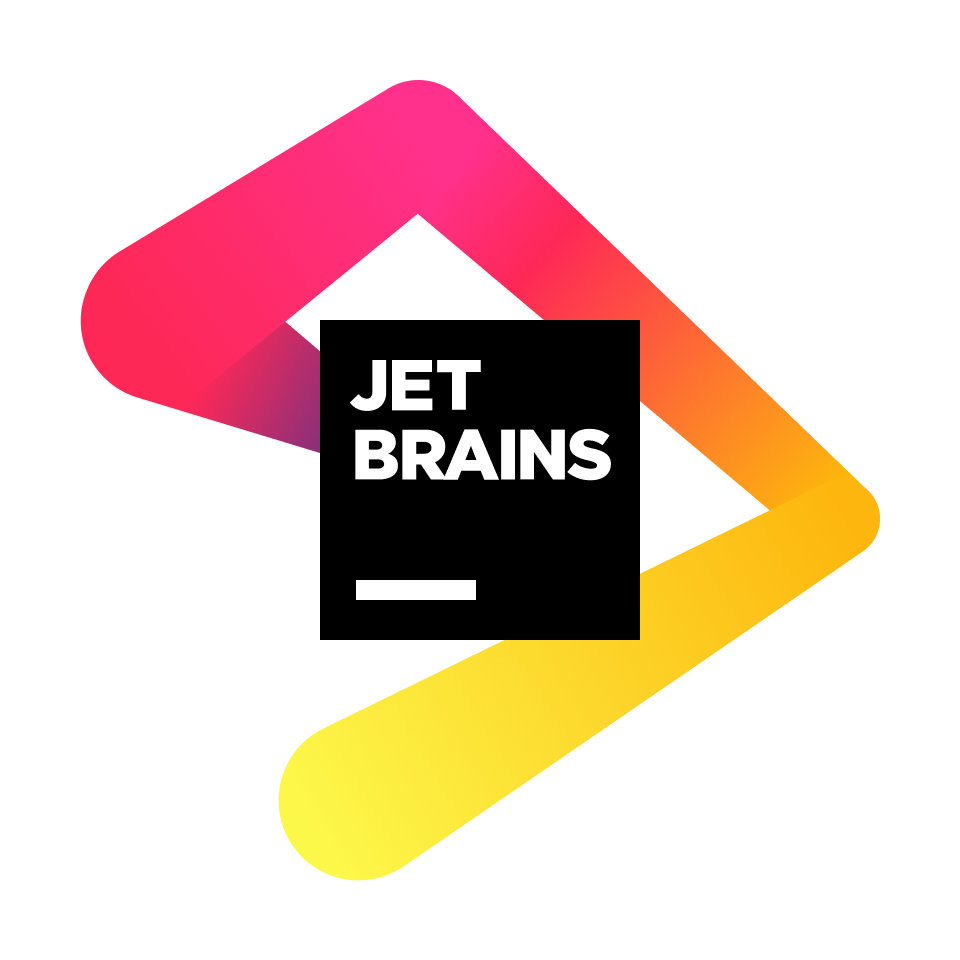Sales & Dungeons — Thermal Printer as D&D Utility.
With Sales & Dungeons you can create highly customizable handouts, quick reference and much more for your Dungeons and Dragons (or other PnP) Sessions. Most Thermal Printer are small in size and can be taken with you and kept right at the gaming table. Use-cases range from printing out magic items, spells or a letter that the group found to little character sheets of your players to use as DM note. The possibilities are nearly endless!
Printer Setup • Tested Printer • Wiki
Important: If you have trouble getting this to work it's best to drop by our Discord.
- Works on
- Windows
- Mac (Intel, M1)
- Linux (x64, ARM64)
- Raspberry Pi (ARMv6, ARMv7)
- Anything else go can be compiled on
- Extensive templating system through Nunjucks
- Extensive random generator system
- Various connection methods
- Windows Direct Printing
- Raw USB Printing
- CUPS (Linux, Mac)
- Serial
- Import & Export templates and data sources
- Fast access to external data sources like Open5e (instant access to SRD monsters, spells and more)
- Import data from other sources:
- CSV
- FoundryVTT Modules
- Fight Club 5e XML Format
- 5eTools
- Access Community Templates, Generators & Data Sources from within the App
- AI LLM Support (OpenAI, OpenRouter, Custom Local)
- Generate entries by prompt using the power of AI
- Translate entries by prompt
- Execute AI prompts in your templates and generators
- Support for using Local LLMs (for example via LM Studio) or any custom endpoints that are compatible with OpenAI API
- Cloud sync for templates, generators and data sources
You can find the latest version on the release page:
The mac bundles are not signed at the moment so you might face the following problems when opening the application:
If your mac is telling you that this app is from a unverified developer you can allow it via the "Privacy & Security" settings. More info: Open a Mac app from an unidentified developer
On M1, M2, etc. it can happen that the app is reported as damaged. Just copy Sales & Dungeons into your Applications folder and execute the following command to allow it to run:
xattr -d com.apple.quarantine "/Applications/Sales & Dungeons.app/"
The headless version of Sales & Dungeons (using LibUSB) is also available via a docker container:
docker pull ghcr.io/bigjk/snd:master(container)docker run --expose 7123:7123 --device=/dev/bus/usb -v /some/place/to/persist:/app/userdata ghcr.io/bigjk/snd:master(change/some/place/to/persistto a folder where the user data should be persisted to)- Open
http://127.0.0.1:7123in your favorite browser
Docker Compose Example
version: "3"
services:
snd:
image: ghcr.io/bigjk/snd:master
ports:
- "7123:7123"
devices:
- "/dev/bus/usb"
volumes:
- "/some/place/to/persist:/app/userdata"
At the moment Sales & Dungeons only supports the ESC/POS (Epson Standard Code) control codes, which is still one of the most used control code set. Check if a thermal printer you are interested in mentions ESC/POS or Epson in the description or manual.
In general the rule of thumb is:
- Most cheap chinese thermal printer found on Amazon or AliExpress support it
- Most epson thermal printer obviously support it
- A lot of older Serial printer (like Metapace T-1) also support it
More specific information about tested printers can be found in the wiki: Printer-Settings
Templates: Templates are created in HTML (and CSS) in combination with the Nunjucks templating language. You can imagine the templates as little websites. That makes it possible to use all the nice and convenient layout options that HTML and CSS has to offer and even include any common framework you might need (e.g. Fontawesome for Icons).
Rendered HTML: After creating a template you can create entries with the data you want and print them. Nunjucks will create the rendered HTML from the data you want to print.
Rendered Image: Then this HTML get's converted to a image. Currently this conversion is done by Chrome via the Chrome Debug Protocol. Although Chrome seems like a huge overkill for just HTML-To-Image conversion it's the standard solution at the moment because it supports most of the modern HTML and CSS features.
ESC / POS Commands: The last step before our awesome template hits the Printer is the conversion from the rendered image to the "draw image" command of the printer.
Printer: The generated command will then be sent to the printer and printed. Now your template is ready to be used!
🎉 🎉 🎉
If you want to see what printers were already tested, which settings they need, how the templates work or how you can build Sales & Dungeons yourself please visit the wiki.
This Project is supported with a JetBrains License through the Open Source Support Program.
Icons used in the Sales & Dungeons Logo were made by Smashicons, Good Ware from www.flaticon.com















